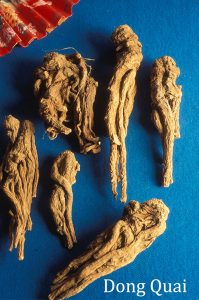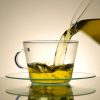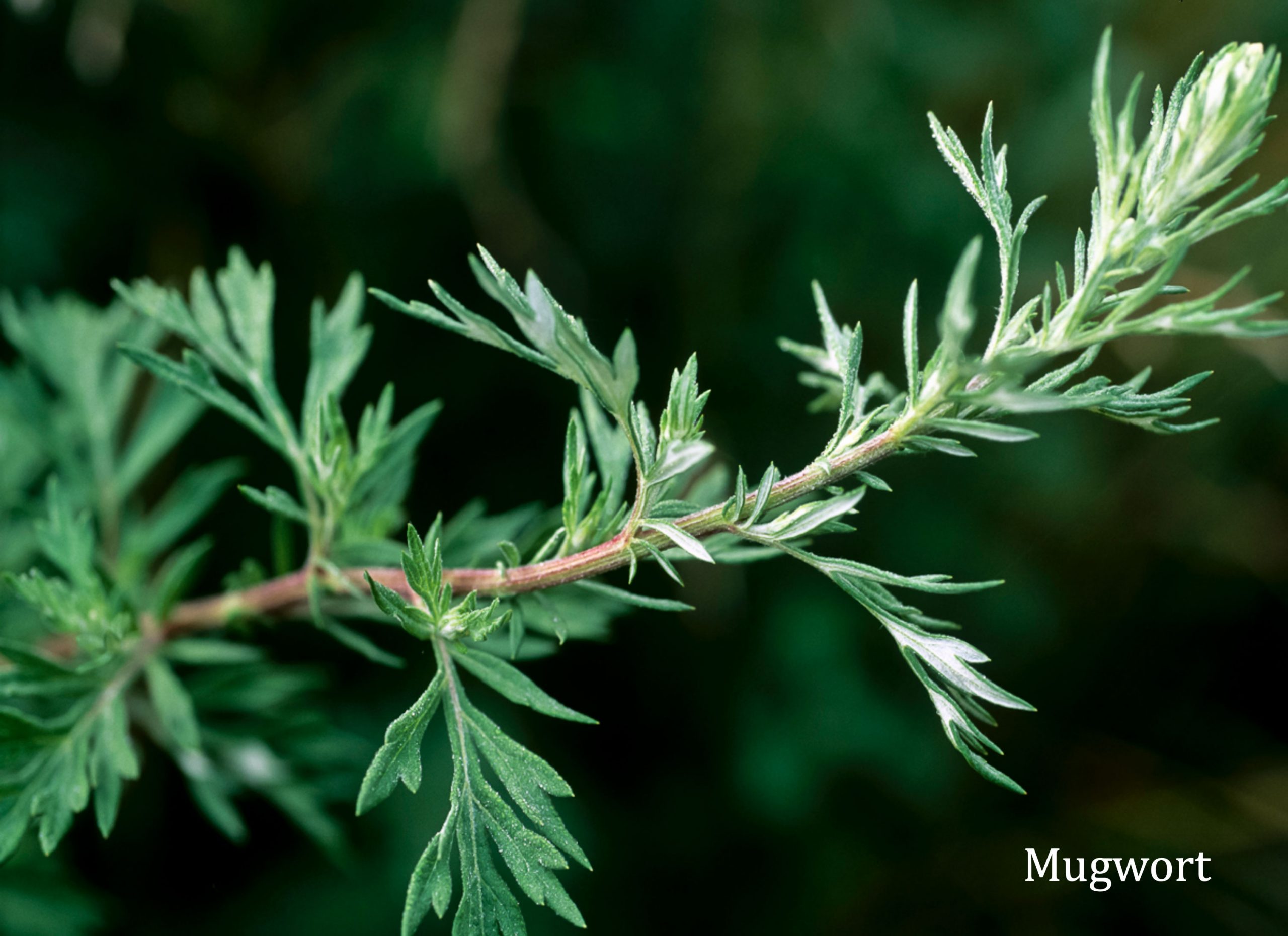Painful Periods: Endometriosis, an Invisible Epidemic
by Maria
I recently came across a newspaper article with the title “Endometriosis: the hidden suffering of millions of women revealed.” Having lived with this condition since my early teens and knowing how little it’s understood or even acknowledged in our society, I was pleasantly surprised to see it being discussed in the mainstream media.
As I read on, I was shocked to learn just how many women live with the chronic pain experienced by this debilitating disease. It’s estimated that 1 in 10 women of reproductive age and beyond have endometriosis. It affects approximately 176 million women worldwide (a similar figure to those diagnosed with diabetes), but due to an extraordinary lack of research and funding it is still largely unheard of by most, women and health care practitioners alike.
Why do we never hear of Endometriosis?
Endometriosis has existed in the twilight for centuries because of society’s reluctance to discuss what have been euphemistically known for so long as “women’s troubles”.
Even in ‘liberal’ parts of the world, female health issues- particularly those associated with menstruation, painful intercourse and infertility – are topics that are still taboo in much of 21st century society. Yet, all of these are associated with endometriosis, and women who suffer from it have to deal with these challenges on a daily basis. Unfortunately many have the mistaken belief that being a woman means living with pain, even though pain is the body’s way of indicating that something’s not right.
The lack of awareness about this disease leads to an average diagnostic delay of seven years. Endometriosis may be progressive, and research indicates that a delayed diagnosis can be associated with more severe disease. For this reason alone, it’s important that more research be carried out to find the cause and prevention.
What is Endometriosis?
Endometriosis is a condition in which tissue similar to the lining inside the uterus (the endometrium) is found outside the uterus. Displaced endometrial tissue continues to act as it normally would – it thickens, breaks down and bleeds with each menstrual cycle. Because this displaced tissue has no way to exit the body, it becomes trapped. The surrounding tissue can then become irritated, inducing a chronic inflammatory reaction eventually developing into scar tissue and adhesions – abnormal tissue that binds organs together. It’s primarily found on the pelvic floor, on the ovaries, in the recto-vaginal septum, on the bladder and bowel. In rare cases it’s found on the diaphragm and the lungs.
Symptoms include:
- painful periods
- painful ovulation
- heavy bleeding
- infertility
- chronic pelvic pain
- pain during or after sex
- fatigue
- impact on physical, mental and social well being
Symptoms can range from mild to the point of being so severe that they significantly affect a woman’s life.
A Little of My Story
Since I began menstruating at 14 I’ve experienced a lot of painful menses. I have memories of being sent home from school, feeling the embarrassment of such an intimate illness being exposed to my classmates. My mother told me she’d experienced the same type of pain as a girl and that it had disappeared after she had children.
It got worse in my late teens/early twenties. It was quite common for me to spot bleed and feel pain during ovulation, while menstruation brought vomiting and occasionally so much acute pain that I would pass out on the bathroom floor. The joys of being a woman!
At that point I went to a family planning clinic to ask for help. They gave me a pap smear and tested me for STI’s. I was told that there was no cure for my symptoms, to accept it as ‘my lot’. This was apparently just part of being a woman. Theoptions given to me were; A) To go on the contraceptive pill B) Consider having a baby, as these sometimes sorted it out. I was 20, studying at university, and a baby was the last thing I wanted! So I gave the pill a try. I lasted 3 months – during that time I was a mess! Erratic emotions, anxious all the time, I gained weight and nearly split up with my boyfriend. I decided it wasn’t for me.
For over 10 years I relied heavily on ibuprofen painkillers just to function at this time of the month, sometimes taking up to 6-8 tablets per day just to be able to stand up straight. My periods were irregular and when they came it was common for me to bleed heavily for 6 days, leaving me fatigued, foggy and anaemic. After graduating Uni I began work as an archaeologist, which demanded a high level of physical labour. I experienced many an awkward moment with different bosses trying to explain ‘my condition’. This led to embarrassment all round and meant that I missed out on jobs because of my unreliable state of health. Endometriosis can be a career killer!
Treatments for Endometriosis
By my early twenties I was becoming more health conscious. I had been a vegetarian from age 16 but I only really started making informed efforts to eat a properly balanced vegetarian diet around this time. I was sick of relying on painkillers to function, having become aware of just how damaging they are to the stomach and liver in particular. I was looking for alternatives.
Currently there is no cure for endometriosis. Western medical treatments include:
- Painkillers
- Birth control pills
- Hormonal suppression
- Surgical removal (laproscomy) and, for some, hysterectomy.
For most women, side effects are associated with all of these treatments, and none of them cure the disease.
However, through my own exploration of alternative approaches, I have learned a few things along the way. The following is a list of things that that have helped me manage my pain and dramatically improve my quality of life.
It’s important to note that I am not a qualified health practitioner, I’m a student of herbal medicine. I’m writing this article in the hope that the information I offer will be of value to other women who suffer from endometriosis. I wish someone told me this stuff twenty years ago! Living a life with less pain is achievable.
It must also be stressed here, that general good health is the best foundation for a trouble free menstrual cycle. Bad health is going to affect your menstruation – it would be naïve to believe that taking herbs alone without exercising or eating well will bring you health.
Diet
Changing the foods you eat and following a diet for endometriosis is one of the best ways to decrease the symptoms of the disease. Check out this website to get an in-depth understanding of how this works: www.endometriosisdiet.com.au.
To summarise a little, oestrogen dominance has been linked to women with endometriosis. It occurs when women have higher levels of oestrogen with reduced amounts of progesterone in their bloodstream. Prostaglandins are a hormone stimulated by oestrogen and, if you have endometriosis, continue to be secreted by the endometrium outside the uterus – having a direct observed relationship to the pelvic pain you may experience during menstruation. Taking control of your diet can help to alter the levels of oestrogen, progesterone and prostaglandins secreted in your body.
- Switch to a whole-food, plant-based diet with a focus on reducing inflammatory foods (eg: processed & packaged foods, gluten, sugar, dairy, meat, fried foods);
- Increase fibre consumption;
- Reduce/ eliminate sugar;
- Increase consumption of cruciferous vegetables – broccoli, cabbage, kale, cauliflower, bok choy;
- Decrease alcohol;
- Decrease saturated fats and increase consumption of omega 3 fatty acids, eg: more fish oil & hemp seed oil.
Dietary supplements to consider:
- B- group vitamins
- Magnesium
- Zinc
- Calcium
- Selenium
- chlorophyll
I have found that eating simple, easily digestible foods when I’m menstruating really helps with easing my cramps. For the first three days I eat single meals of soups, dhals, porridge, bread, potatoes – no complex food combinations. That way my digestive system doesn’t have to work as hard or contract as much, which means less pain and this works well for me. So don’t eat salads or lots of different proteins and carbohydrates together, as they are hard to digest. Keep it simple.
I also consume a lot of chia seeds between ovulation and menstruation. Chia is high in calcium and magnesium which reduces muscular cramping.
Avoid caffeine and chocolate too… they can encourage you to bleed more heavily. Craving chocolate is your body secretly craving magnesium, so have a chia carob pudding instead – you’ll feel better for it.
Herbs & Herbal Medicine
Using herbal medicine for endometriosis will involve a time commitment to achieve success. I highly recommend any woman with this condition to consider seeing a practitioner of TCM (Traditional Chinese Medicine) or Ayurveda to get the full benefit of what herbs can do for this condition. One of the first tasks, is to try to re-balance the hormone levels in the body. Then other herbs can be introduced to strengthen the immune system so that the body can begin to manage the illness better.
In Chinese medicine, the uterus and the liver are closely related. The liver maintains free flow of the ‘Qi’ or vital energy of the body. The liver, spleen, and kidney channels run through the pelvis and all can effect menstruation. If any of these channels are blocked, congested or deficient this will usually manifest in women as some sort of menstrual problem.
From this perspective herbs that have really helped me are:
St. Mary’s thistle / Milk thistle – Research has demonstrated this plant’s remarkable ability to protect and repair liver function. Silymarin, an extract from the seed, acts on the membranes of the liver cells preventing the entry of viruses, toxins and other toxic compounds, thus preventing damage to the cells.
Schizandra berries – Known in Traditional Chinese Medicine as wu wei zi, meaning ‘fruit of five tastes’ due to its sweet, salty, bitter, hot and sour taste. Schizandra is a potent adaptogen and has long been used as a vitality tonic, and a sexual enhancer in Traditional Chinese Medicine. Schizandra increases production of the enzyme glutathione, which aids in detoxifying the body and increasing alertness, memory and concentration. Today Schizandra is being used in the treatment of heart, liver and central nervous system disorders. While its adaptogenic qualities are attributed to the unique compound schizandrin, the herb is also rich in vitamins C and E as well as phytosterols.
Buplerum –I mentioned above that endometriosis worsens with excess estrogen and prostaglandins. Prostaglandins are hormone-like substances that can act in a positive or negative way with inflammation, clotting and pain. Buplerum will help the liver to break down those excess estrogens and prostaglandins which then allows the body to flush them out more easily. It also has an anti-inflammatory action. Inflammation is created by too many prostagladin 2 substances, which are produced in excess when we eat a diet high in fats. Bupleurum works to break these high fats down through the liver, which then lowers the amount of prostoglandin 2s and thereby lowers pain, inflammation and clotting.
Wormwood – another great herb that supports the liver! It’s also used for digestion problems such as loss of appetite, upset stomach, gall bladder disease, and intestinal spasms. Wormwood is also used to treat fever, liver disease, worm infections; to increase sexual desire; as a tonic; and to stimulate sweating.
 Dong Quai – Is considered a “female ginseng” because of its balancing effect on the female hormonal system, including pre-menstrual syndrome and menstrual cramps. This herb contains estrogen inhibitors and phytoestrogens which help to maintain strong liver in protein and fat metabolism. By increasing the function of the liver it helps to inhibit the ‘bad’ estrogen that causes menstrual cramps and symptoms of endometriosis. Dong Quai is also a muscle tonic, it helps to calm the uterine muscle during the menstrual cycle by balancing the levels of prostaglandins hormones resulting in calming over-active uterine muscles.
Dong Quai – Is considered a “female ginseng” because of its balancing effect on the female hormonal system, including pre-menstrual syndrome and menstrual cramps. This herb contains estrogen inhibitors and phytoestrogens which help to maintain strong liver in protein and fat metabolism. By increasing the function of the liver it helps to inhibit the ‘bad’ estrogen that causes menstrual cramps and symptoms of endometriosis. Dong Quai is also a muscle tonic, it helps to calm the uterine muscle during the menstrual cycle by balancing the levels of prostaglandins hormones resulting in calming over-active uterine muscles.
I have been taking a combination of the above herbs most mornings for about 4 years now. Not only has my period pain decreased notably (I now usually take one Ibuprofen tablet per period!) but the amount of blood loss has reduced significantly. I really want to emphasise the remarkable change I have experienced here. Other herbs that can help include:
Chaste tree berry (Agnus castus) may help reduce endometriosis. It is often prescribed by herbalists to help ease PMS, menstrual difficulties and infertility. Current studies suggests that Chaste tree works by regulating and supporting the pituitary gland, which is considered the master gland for hormone production. Chaste tree is especially helpful for those with irregular cycles or those coming off hormonal birth control methods.
Mugwort – a herb for protection, prophesy and lucid dreaming, mugwort is also very useful for bringing on late periods and reducing pain by relaxing the uterus. Mixes well with Lionstail and Motherwort for PMS also.
Raspberry leaf – it contains high amounts of vitamins and minerals that can help in treating women with endometriosis. Beta carotene is water-soluble and it can be converted to vitamin A. It is a powerful antioxidant that helps our immune system in fighting against the forming of free radicals, and endometrial implants and adhesions caused by inflammation of endometrial cells growing in some other parts of the body.
Wild yam is a hormone balancer. It helps to increase liver function in protein and fat metabolism, which helps to stimulate the production of good estrogen through bile secretion, leading to lower levels of bad estrogen resulting in lowering the risk of cell abnormality such as endometrial implants and adhesion, and cancer. Since wild yam is a detoxifying herb, it helps to strengthen the immune system by getting rid of all harmful substances that are accumulated in our body including environmental toxins, one of the causes of endometrial formation.
Other herbs worth a mention are Damiana, Crampbark, Uva ursi and Cat’s Claw. I urge you to start experimenting with your own formulas and find what works for you. Adding ginger root, turmeric, liquorice and fennel to your brews makes for a tasty herbal tea.
Exercise
A strong body feels less pain. According to the T. Colin Campbell Foundation, women who exercise have a decreased risk of developing endometriosis. This may be due to the fact that regular exercise decreases the amount of estrogen your body produces. Additionally, exercise promotes circulation and releases endorphins, which are pain-relieving “feel good” chemicals manufactured in your brain. The Centre for Young Women’s Health at the Boston Children’s Hospital suggests that these two benefits can improve endometriosis symptoms by decreasing pain and promoting the delivery of oxygen and other nutrients to your entire body via your bloodstream. High-intensity exercises such as running, cycling, swimming and playing tennis are beneficial for reducing your symptoms.
Consult your doctor before beginning a physical activity program, especially if you are new to exercise or have been leading a sedentary lifestyle. Don’t start immediately with a high-intensity program. Instead, start with low-intensity exercises such as walking and work your way up to higher-intensity exercises as your body becomes accustomed to regular exercise.
Cannabis and CBD products for pain relief
Recent research in Australia suggests that 1 in 10 women of reproductive age are using cannabis to manage their pain and other symptoms. 484 women with surgically diagnosed endometriosis were surveyed about their self-management strategies used to alleviate their pain. These included the use of heat packs (70 per cent), dietary changes (44 per cent), exercise (42 per cent), yoga or pilates (35 per cent) and cannabis (13 per cent). Out of all the self-mangement techniques mentioned, cannabis was rated as the most effective for managing pain. Participants who used cannabis also reported improvements in other symptoms including gastrointestinal problems, nausea, anxiety, depression and quality of sleep.
The endocannabinoid system (ECS) is a complex regulatory system comprised of various receptors, chemicals that bind with these receptors, and enzymes. It helps maintain balance (homeostasis) in our bodies and is important for a wide range of actions, including metabolism, inflammation and immune function. The ECS is distributed throughout most organs in the human body, but is more abundant in the central nervous, immune and female reproductive systems.
Chemicals from cannabis, including the cannabinoids tetrahydrocannabinol (THC) and cannabidiol (CBD), can interact with the ECS and other receptor types. This suggests a mechanism for how cannabis may alleviate pelvic pain in women with endometriosis.
A final word on tampons…
Tampons are an important factor in your overall health. There are substantial studies that suggest tampons are linked with Toxic Shock Syndrome (TSS). Studies show that a wood-fibre product that’s used in the manufacturing of tampons is bleached with a chemical called dioxin, a by-product of chlorine bleaching and a known carcinogen. Dioxin gives your tampon a ‘whiter white’. Placing this chemical in your vagina is dangerous! Dioxin accumulates in fat tissues and has been linked to cancer, endometriosis and immune suppression. Use a moon cup or tampons that are made from organic cotton and are non-bleached.
Conclusion
Throughout history, many indigenous women’s moontime was an opportunity to physically remove themselves from their busy daily routines to rest, be creative and explore their inner landscapes. Often women did this in groups.
Even if this time of the month is a time you loathe due to the pain and discomfort it brings, it’s still a valuable opportunity to check in with ourselves on a deeper level.
I hope this information is of some value to you ladies out there and potentially alleviates some of the symptoms you may experience at this time.
Maria x
Further Reading
- www.endometriosisdiet.com.au
- www.endometriosisfoundation.org
- www.womenlivingnaturally.com
- www.selfgrowth.com
- www.endomitriosis.org
- www.whv.org.au



